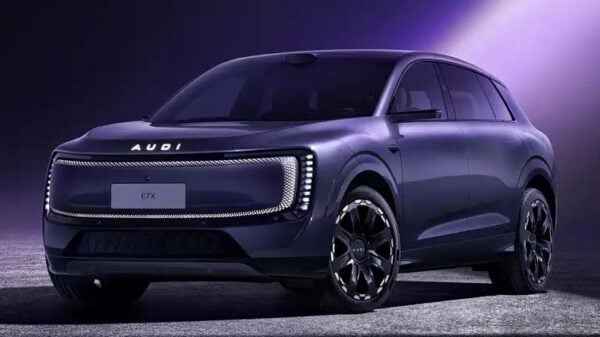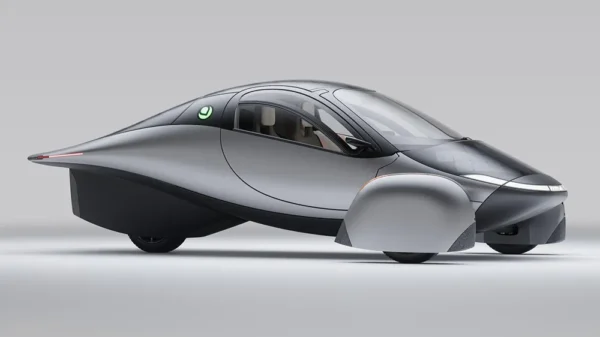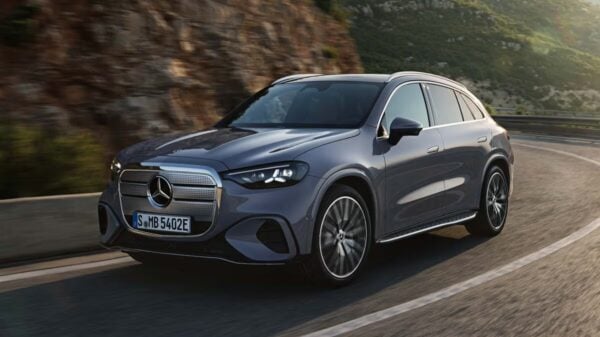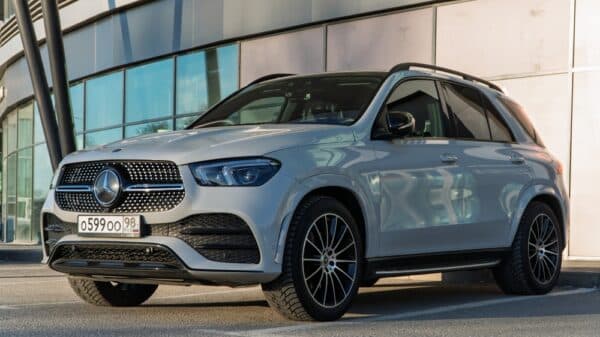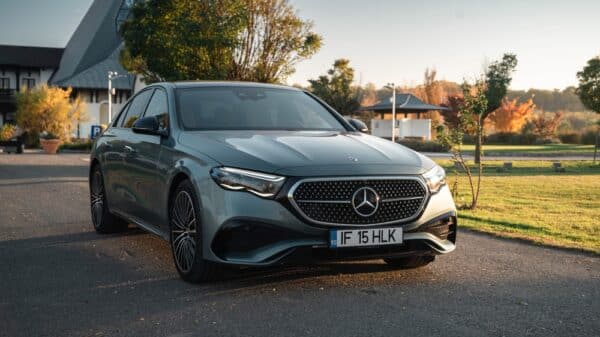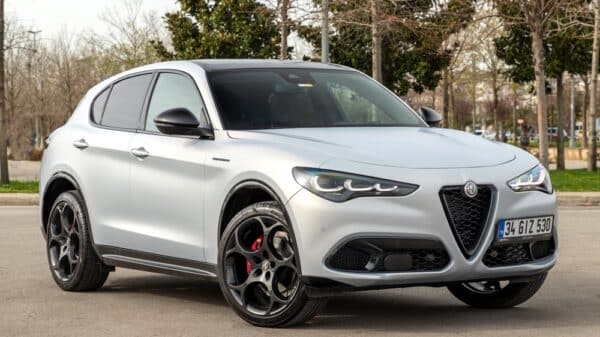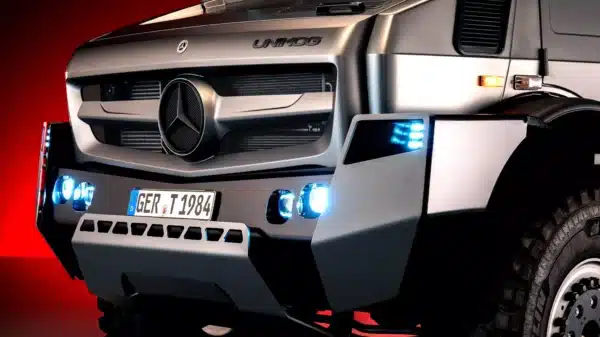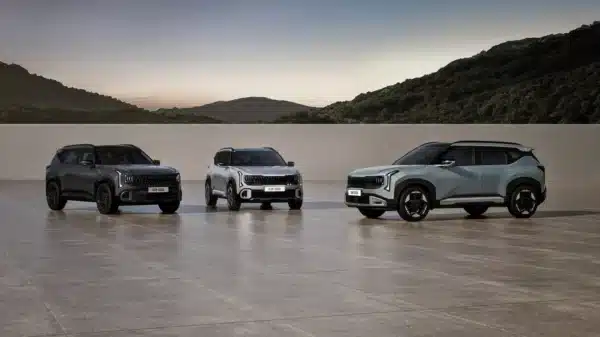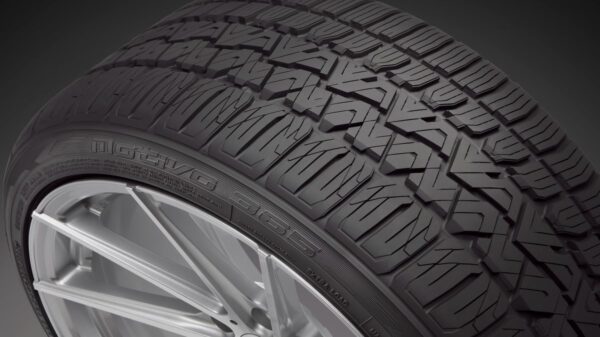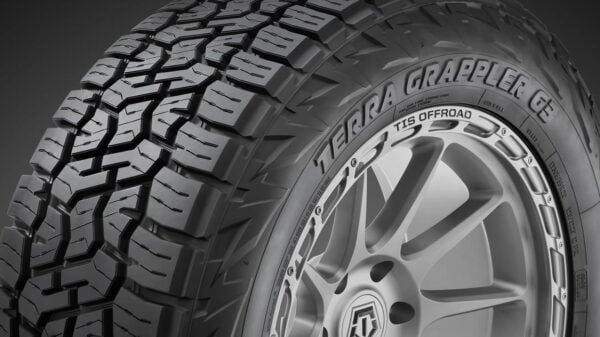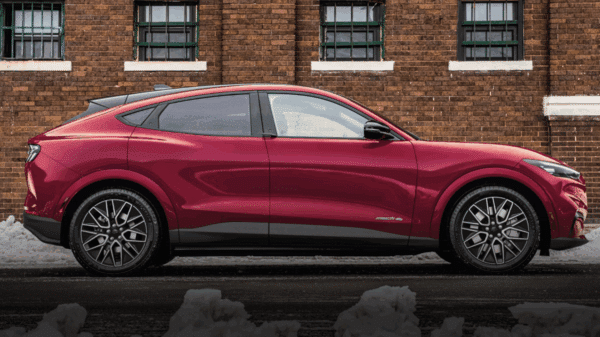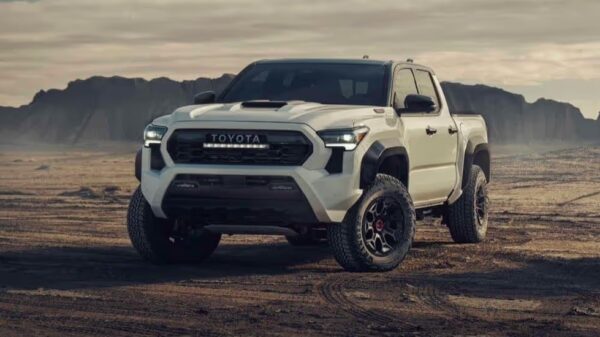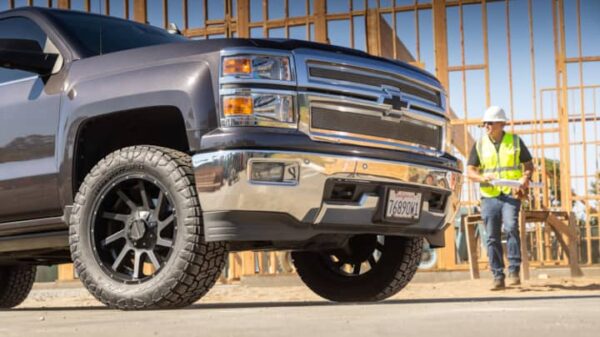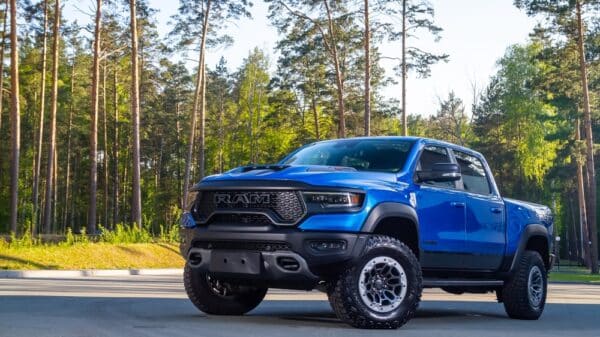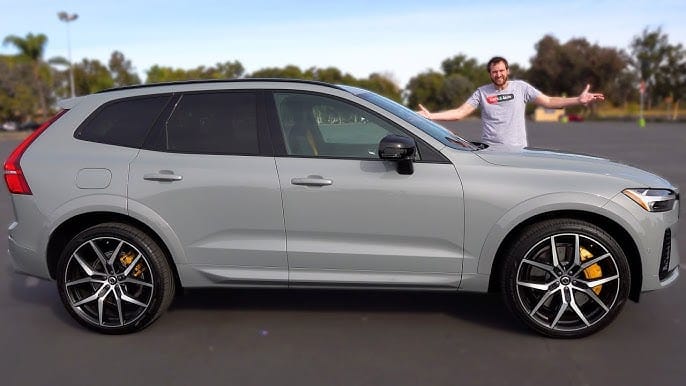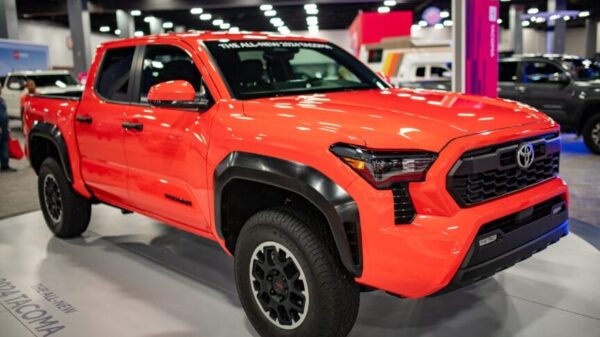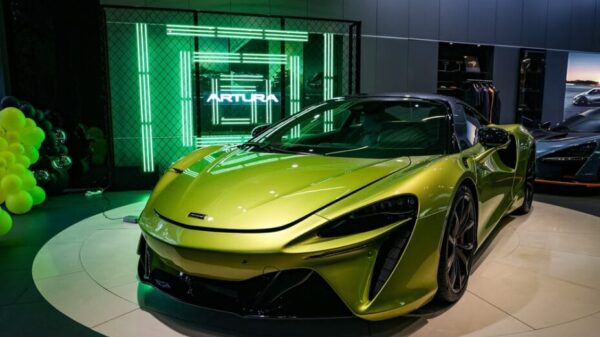The news about the Polestar 7 entering production has everyone talking. This compact electric SUV marks a significant step for Polestar, as it will be their first vehicle manufactured in Europe. Set to roll off the lines in Slovakia starting in 2028, the Polestar 7 will share its architecture with the highly anticipated Volvo EX60, bringing together Swedish engineering and innovation in a new, exciting way.
Volvo has recently confirmed that the Polestar 7 will be built at their upcoming plant in Košice, Slovakia. This facility is quite significant; with a projected annual production capacity of 250,000 units, it’s a vital part of Volvo’s strategy to strengthen its electric vehicle lineup. The initial focus will be on manufacturing a next-generation Volvo EV, followed by the Polestar 7, allowing Polestar to gradually establish its presence in the European market.
However, Polestar hasn’t had the easiest road so far. For a while, they struggled to make a mark in the saturated electric vehicle landscape, facing disappointing sales figures and dwindling revenue. Last year, it almost felt like the brand was on life support. Fortunately, after a managerial overhaul and a strategic reset, Polestar bounced back. In the first quarter of this year, they reported a stunning 76% growth in global sales compared to the previous year, highlighting their resilience and the potential of their lineup, which currently features models like the Polestar 2 crossover, the Polestar 3 SUV, and the Polestar 4 coupe-crossover.
In the U.S., things have been challenging, too. Polestar had to stop taking orders for the Polestar 2 due to tariffs imposed during the Trump administration, highlighting the complexities of global trade in the automotive industry. Most of Polestar’s vehicles are produced in China, though the Polestar 3 is also being assembled in South Carolina. The Polestar 4 has a more diverse assembly strategy, being made both in South Korea and China. Building the Polestar 7 in Slovakia is a smart move for the brand; it helps them dodge hefty tariffs and ensures they’re competitively positioned as they forge ahead into a crowded market.
The Košice factory will be Volvo’s third plant in Europe exclusively dedicated to electric vehicles. This commitment underscores the automaker’s pivot towards an entirely electric future. As the Polestar 7 launches alongside Volvo’s latest models, it will utilize next-generation technologies, including advanced manufacturing techniques like giga casting and cell-to-body battery packs. These innovations aim to streamline production while enhancing the performance and reliability of their offerings.
One of the standout features of the Polestar 7 will be its software-first approach. With Volvo’s Superset software stack, both Polestar and Volvo vehicles will be capable of continuous upgrades through over-the-air (OTA) updates. This approach is reminiscent of how Tesla operates, providing ongoing improvements and new features to their cars long after they’ve left the assembly line.
Looking ahead, the Polestar 7 will be equipped with cutting-edge technology, including Nvidia’s Drive Thor system on a chip, which can process an astounding one thousand trillion operations per second. This level of data processing is crucial for advanced driver-assistance systems (ADAS) that promise to take autonomy to new heights in the coming years.
While the production of the Polestar 7 is still a few years away, its anticipated launch in the U.S. by 2028 comes at a crucial time. By establishing manufacturing in Slovakia, Polestar positions itself strategically to remain competitive as a whole range of new electric vehicles are set to debut from various automakers. The Polestar 7 needs to be compelling; it’s not just a matter of keeping up with the competition but also maintaining relevance in a rapidly evolving market.
Lastly, a quick clarification: we previously stated that the Polestar 7 is the successor to the Polestar 2, but that’s not the case. They will coexist as distinct models, each serving different segments of the market. As we eagerly await its launch, this addition to the lineup could be a game-changer for Polestar and its future ambitions in the electric vehicle space.
If you have any insights or tips that you’d like to share regarding this story, feel free to reach out. It’ll be exciting to see how Polestar continues to navigate this dynamic landscape!
Image Source: Doug Demuro @ YouTube






